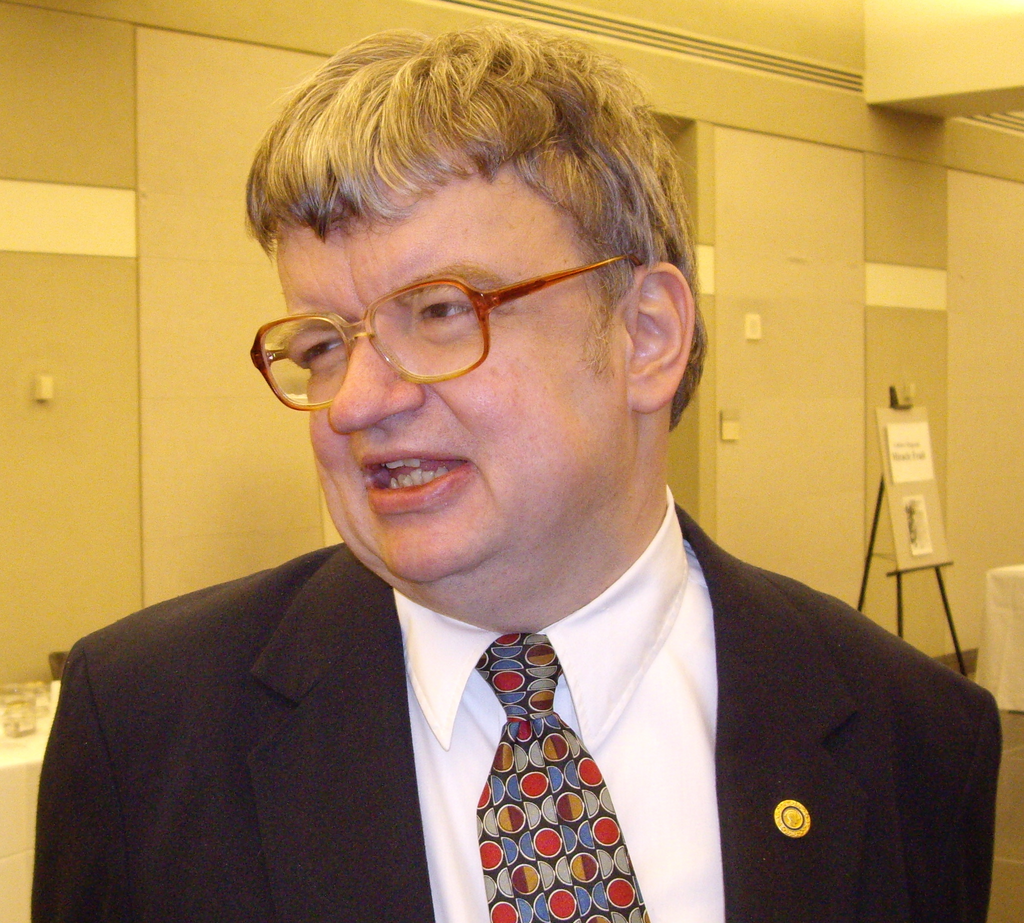Chapter 7. Memory
Memory Introduction
Amelia Liangzi Shi
Approximate reading time: 4 minutes

This chapter focuses on memory, defined as the ability to store and retrieve information over time. Our memories allow us to do relatively simple things, such as remembering where we parked our car or the name of the current Prime Minister of Canada. We also form complex memories, such as how to ride a bicycle or write a computer program. Our memories function to allow us to make good decisions. Our memories define us as individuals — they are our experiences, our relationships, our successes, and our failures. Without our memories, we would not have a life.
For some people, memory is truly amazing. For example, Kim Peek was the inspiration for the Academy Award-winning film Rain Man (1988). Peek’s IQ was only 87, significantly below the average of about 100. It is estimated that he memorised more than 10,000 books in his lifetime (Wisconsin Medical Society, n.d.; Kim Peek, 2004). Highly superior autobiographic memory (HSAM) is the clinical term for a relatively newly-recognised condition. HSAM is characterised by accurate autobiographical memory for every day of one’s life. You can read more in the Scientific Reports on Highly Superior Autobiographical Memory. Memory for public events has typically been used as a screening criterion for HSAM. However, these tests rely heavily on participants’ culturally specific knowledge and expertise correlated with their age.
Although we have very good memories for some things, our memories are far from perfect (Schacter, 1996). The errors that we make are due to the fact that our memories are not simply recording devices that input, store, and retrieve the world around us. Rather, we actively process and interpret information as we remember and recollect it. These cognitive processes influence what we remember and how we remember it. Because memories are constructed, not recorded, when we remember events, we do not reproduce exact replicas of those events (Bartlett, 1932). For example, people read the words “bed, rest, tired, dream, snooze, and yawn.” Then they are asked to recall the words. Many think that they saw the word “sleep” even though that word was not in the list (Roediger & McDermott, 1995).
In the real world, wrongful convictions may be caused by misled eyewitness identification. In 1995, police received a tip about a series of robberies implicating Jason Hill, an Indigenous man with a past arrest record. Detective Matthews, who recognised Hill from a surveillance photo of the suspect, despite discrepancies in physical descriptions, made him the prime focus of the investigation. Detective Loft’s team, including Officer McLaughlin, released Hill’s photo to the media, labeling him as a suspect. In a photo line-up, Hill was the only Indigenous person among 11 Caucasian foils, leading some witnesses to identify him as the culprit (see Canadian Registry of Wrongful Convictions: Jason Hill).
What is clear in the study of memory is that memory can be both accurate and fallible. Psychologists have been working to identify not only how and why memories are made and kept, but also how and when they fail to be stored, are remembered wrongly, or are recreated. This chapter will challenge your understanding of autobiographical memory but will also give you some insight into how to make your memory better.
Image Attributions
Figure ME.1.Kim Peek by Dmadeo is under a Creative Commons Attribution-ShareAlike 3.0 Unported.
To calculate this time, we used a reading speed of 150 words per minute and then added extra time to account for images and videos. This is just to give you a rough idea of the length of the chapter section. How long it will take you to engage with this chapter will vary greatly depending on all sorts of things (the complexity of the content, your ability to focus, etc).

